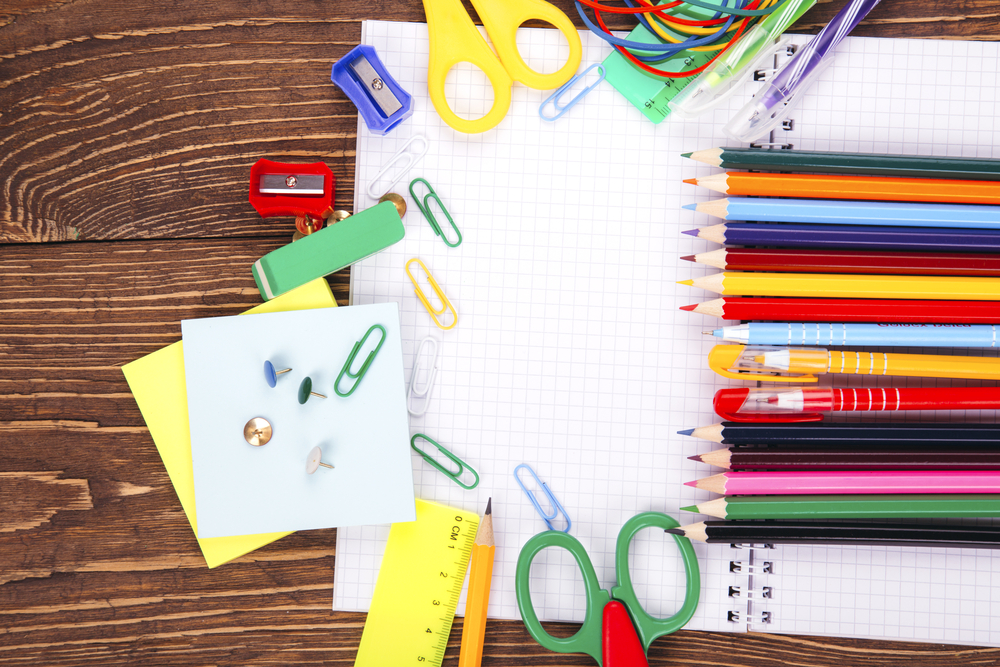Simple math problem-solving Worksheets for Kids
1 filtered results
-
From - To
Question/Answer
How to test a Preschool student’s Simple math problem-solving skills?
To test a preschool student's simple math problem-solving skills, use age-appropriate questions involving basic addition and subtraction within their understanding. Use tangible objects like toys or blocks for visual and hands-on problem-solving. Ask questions like, “If you have 2 apples and I give you 1 more, how many do you have now?
How does the mastery of the Simple math problem-solving skill affect a student's performance at an early age?
The mastery of simple math problem-solving skills at an early age significantly enhances a student's academic performance. It improves their numerical fluency, critical thinking, and ability to tackle complex problems. Early mastery in math sets a strong foundation for advanced mathematical learning and fosters confidence, contributing to overall academic success and positive attitudes towards learning.
How to train the Simple math problem-solving skill in Preschool students learning about Adding with Busy Bugs?
To train preschoolers in simple math problem-solving with adding using Busy Bugs, engage them in hands-on activities. Provide physical bug counters for them to manipulate. Start by demonstrating how to count bugs to solve addition problems visually. Encourage them to group bugs together to find sums, and ask questions to guide their thought process, making learning interactive and fun.













